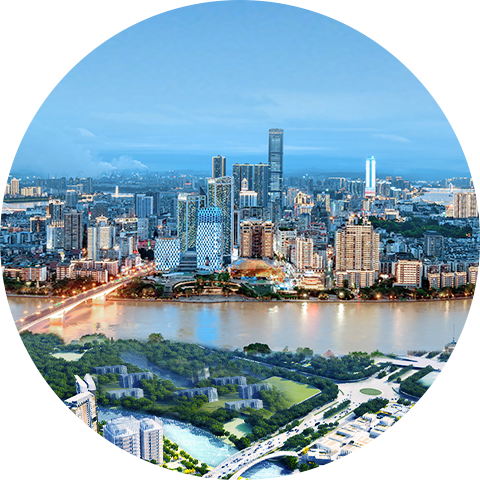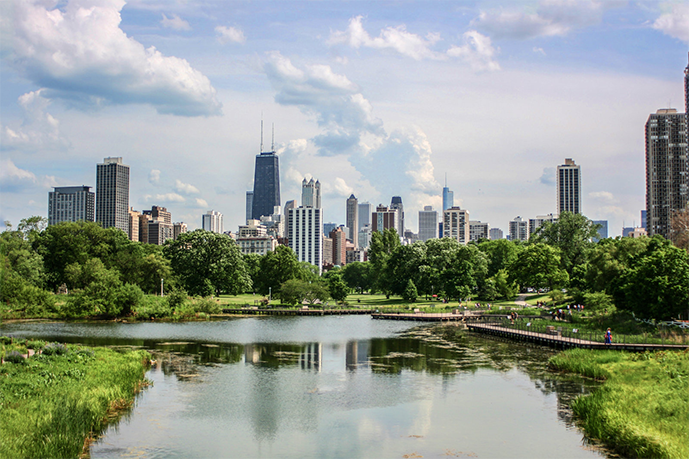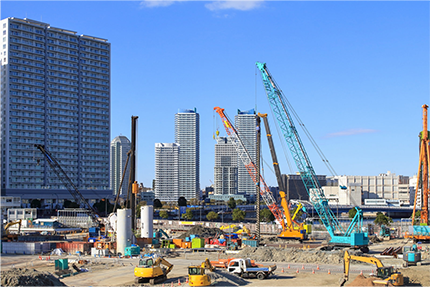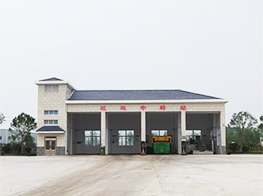Decentralized Sewage Solutions for Resilient Cities
Decentralized wastewater treatment is an effective supplement to the urban “rainwater and wastewater collection + centralized wastewater treatment plant” model, and helps to build a resilient city.
In June 2021, the National Development and Reform Commission and the Ministry of Housing and Urban-Rural Development issued the “Fourteenth Five-Year Plan” for the Development of Urban Sewage Treatment and Resource Utilization
By 2025, the national centralized collecting rate of city sewage will reach more than 70% and that in the county will reach more than 95%.
By 2035, sewage-collecting drainage will be installed nearly in all cities and in all countryside. Urban sewage is treated safely and efficiently, and all people share a green, ecological and safe urban water environment.
Pain Points in Urban Wastewater Treatment

Benefits of Decentralized Wastewater Treatment (DEWAT)
An effective supplementary system for urban wastewater treatment
By treating wastewater locally at the smallest unit, DEWAT solutions drastically reduce construction costs, project complexity, and maintenance overhead in urban areas where pipe network construction is difficult and expensive, and in areas with low-to-medium population density where scattered sewage spots are incompatible with centralized pipe networks (hotels, restaurants, schools, hospitals, residential areas, construction sites, public toilets, parks, reservoir management hubs, urban renewal areas, etc).
DEWAT solutions can be quickly and flexible installed in places where drainage can't be installed, thus reducing the pressure of urban wastewater, solving the problem of scattered wastewater pollution from urban development, imperfect planning, topography and other factors, and preventing biosafety risks from entering the environment.

Hotels

Restaurants and Bars

School

Hospital

Residence

Healthcare Center

Subway

Tunnel

Expressway Service Area

Construction Site

Public Toilet

Park

Reservoir

Waste Transfer Station

Green Pathway

Airport

Laboratory

High-speed Railway Station
Advantages of Urban Decentralized Wastewater Treatment (DEWAT)

Small DEWAT units can be deployed for even the smallest social unit of a city.
01
Effective remedy for scattered or temporary wastewater generation.
02
Greatly improves a city's pollution-treating capacity, preventing pollutants from entering natural water bodies.
03
Get rid of restrictions caused by drainage, release the flexibility of urban development, and cut off the spread of biosafety risks.
04Typical application scenarios of decentralized sewage treatment in cities
-
Hospital,Community health
-
Hotels
-
Industry Parks
-
Transportation Hubs
-
Management Rooms
-
In-City Villages
-
Villa Zone
-
Public Toilet
-
River Pollution Interception
-
Park,Green Pathway








